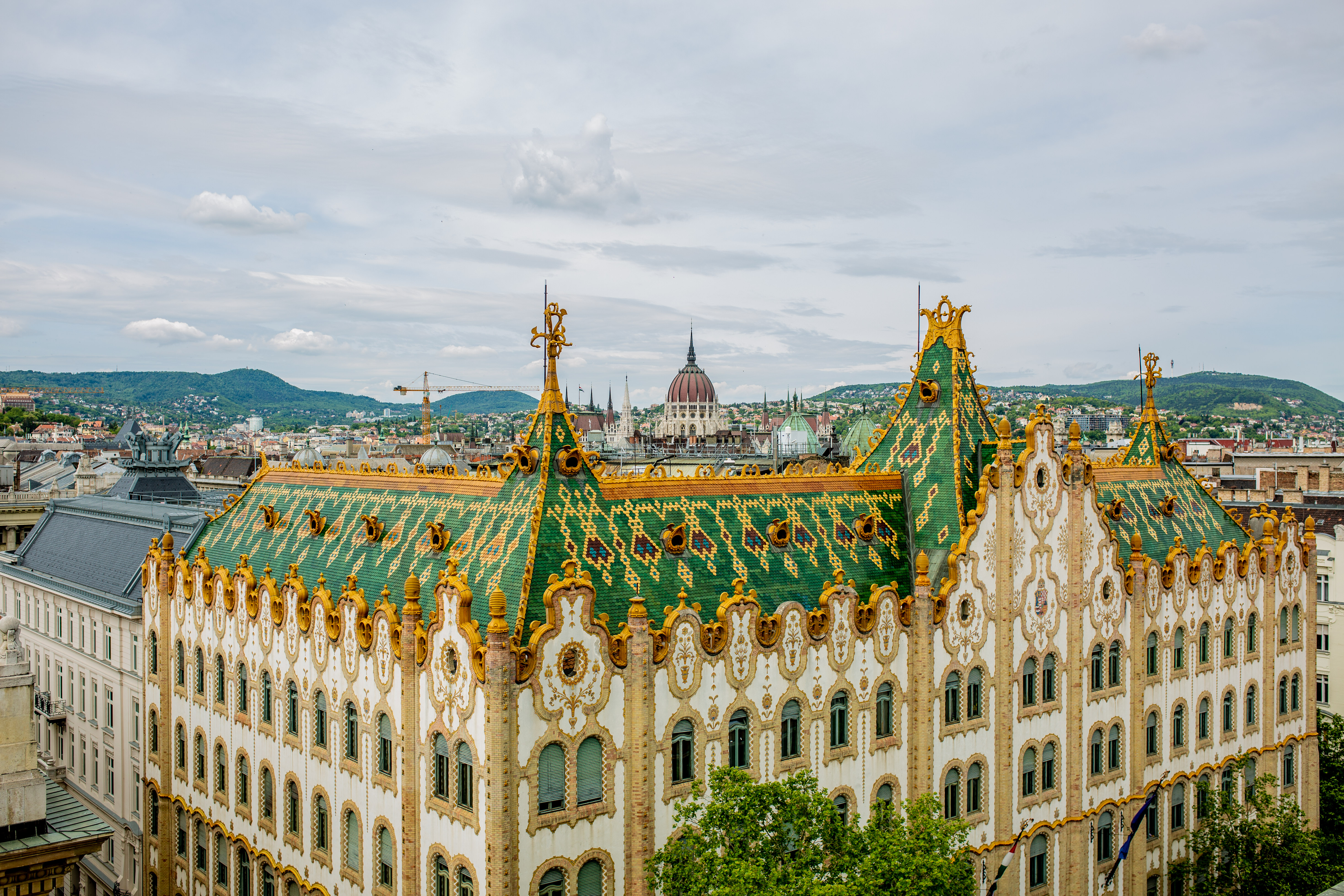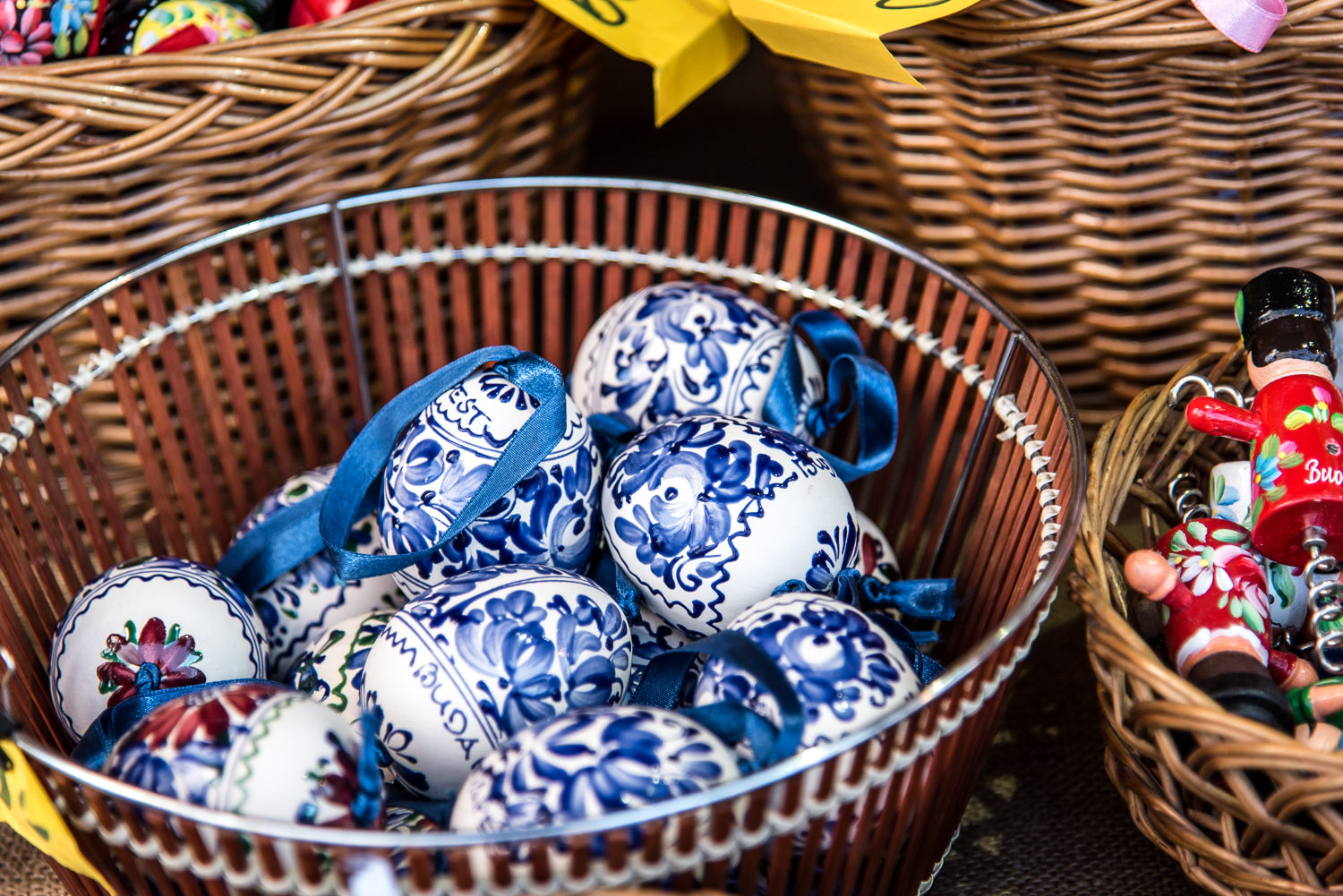In Hungarian, the Art Nouveau style (French for "new art") is known as "Secession". It was a popular architectural style which swept Europe between 1890 and 1910, and was hugely influential in Hungary. One of its most famous exponents in Budapest was Ödön Lechner, who designed the Museum of Applied Arts building, the Geological Museum and the Postal Savings Bank, to name just a few.
From the street, it's difficult to get a good look at the details of the Postal Savings Bank, due to the relatively narrow streets and tall trees. As such, the best view is provided from the nearby Hotel President, whose rooftop bar overlooks a breathtaking city vista.
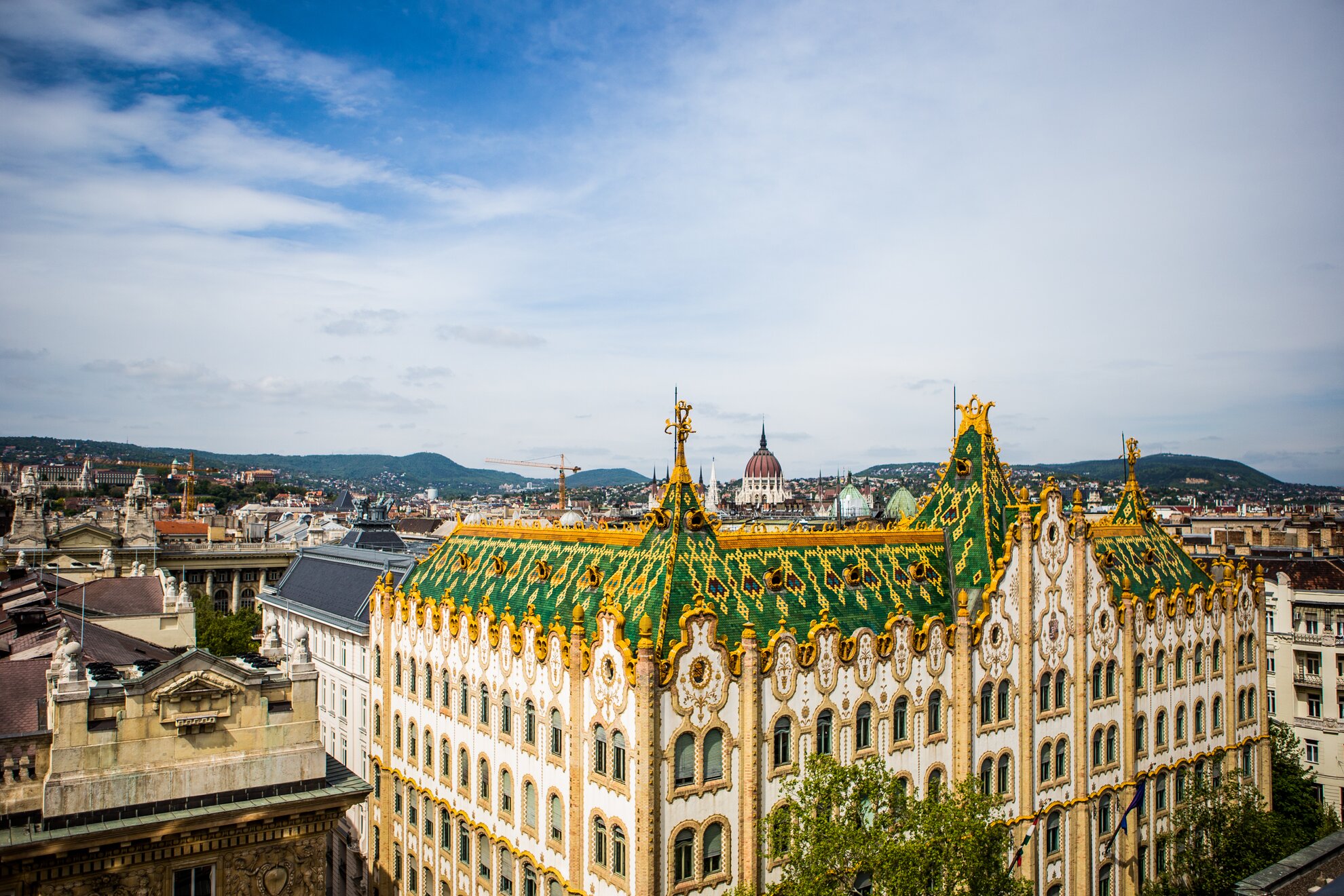
Lechner grew up around his family's brickwork factory, instilling in him an interest in fine ceramics, which can be seen in the elegant ceramic detailing which hallmark his work. Lechner was fastidious about designing the unique ceramic elements which adorned his buildings: he made (and signed) drawings for individual profiles, often at scale size.
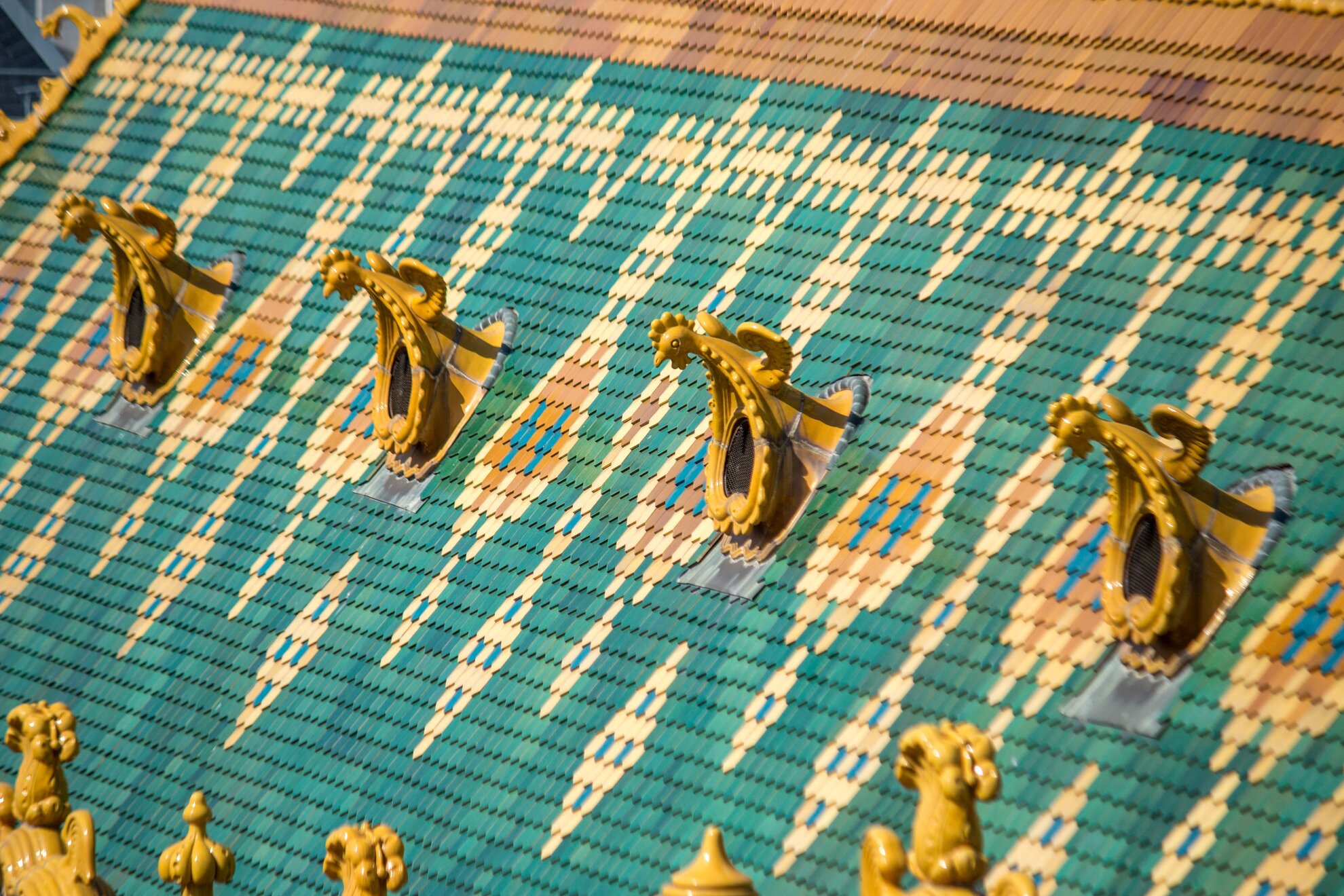
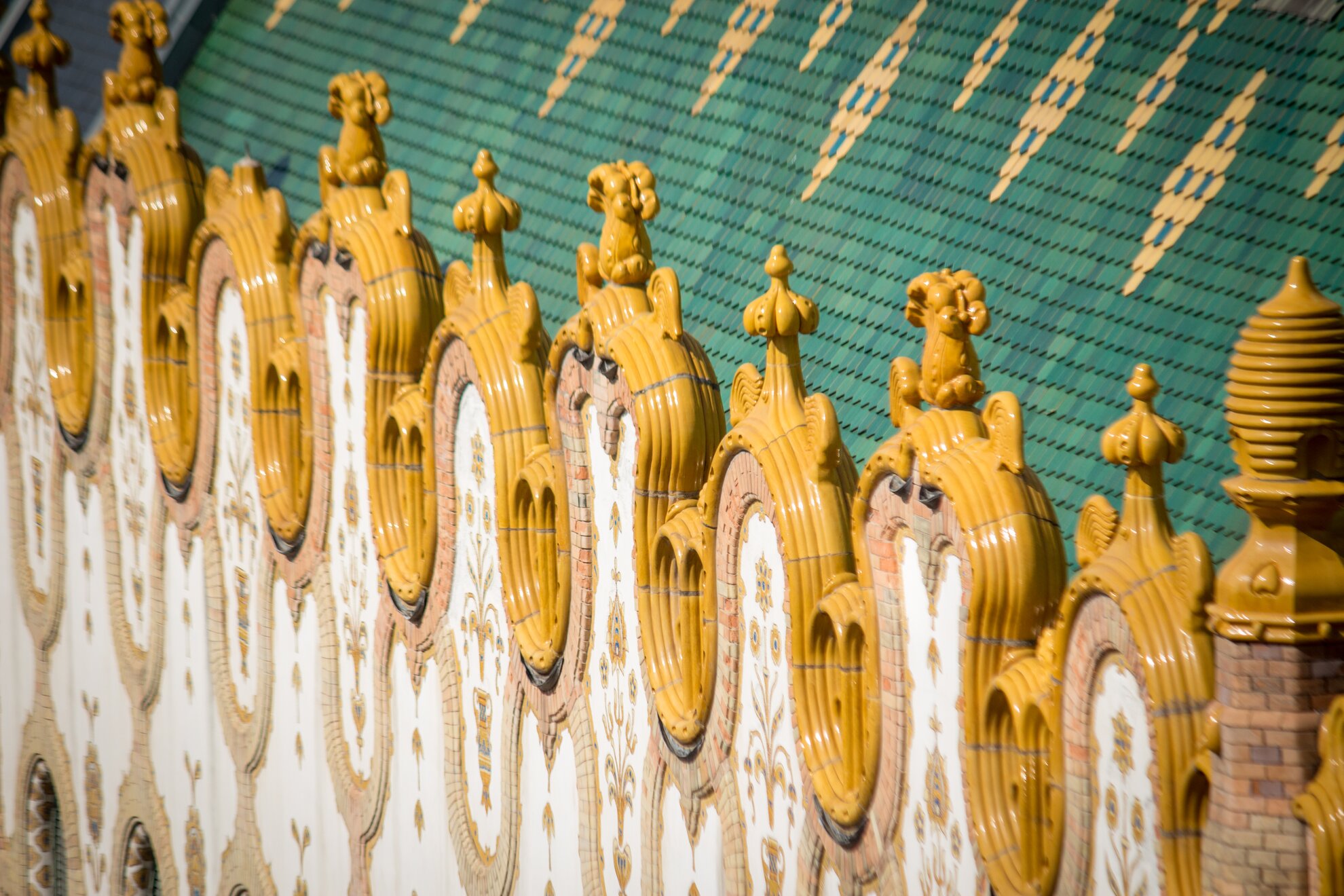
Many of the noteworthy Art Nouveau buildings in Budapest feature ceramic tiles produced by the Zsolnay factory, which became the largest ceramics works in Hungary. This modern material had another benefit: being non-porous, it retained its colour and vibrancy despite the pollution of such a bustling metropolis.
Art Nouveau is famous for tying in themes of nature, and the Postal Savings Bank is no exception. Bees are a popular motif when decorating financial institutions, implying diligence and aptitude in the busy bees working within. Look closely, and the roofline is adorned with beehives.
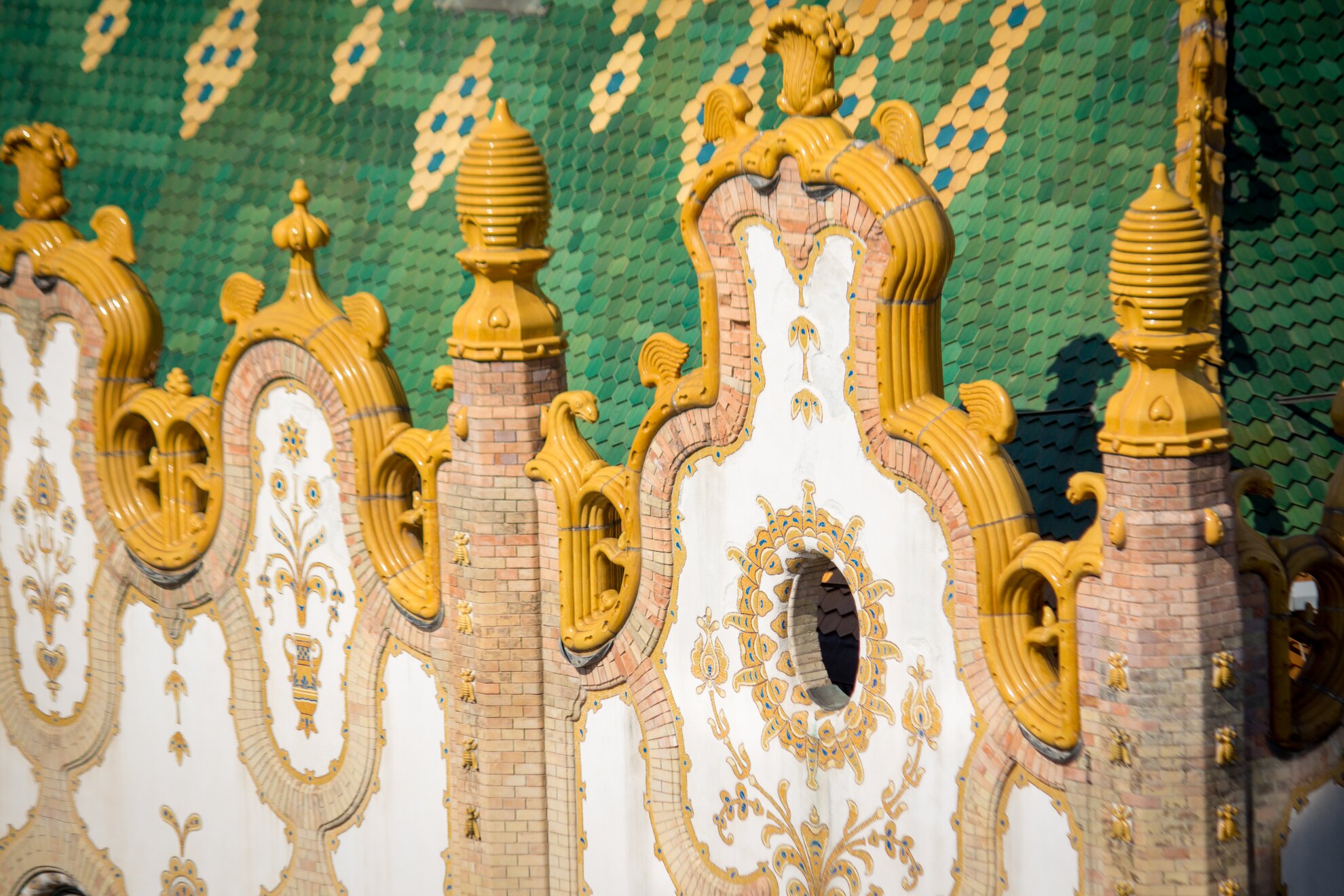
The issue of not being able to properly admire the detailed rooftop from the street was raised during Lechner's lifetime. When asked why all this effort was paid to small details out of sight, the architect-genius is said to have replied, with a smile, that at least the birds would see it.
Lechner's buildings are eye-catching, and his greatest hope was that through his works, he would create a new "national, Hungarian style of architecture", one where ensuing generations could point at something distinct and say, "this is mine". Unfortunately, conservative tastes at the time began to dominate architectural circles, and by 1900 Lechner had fallen out of fashion, to the great detriment of future admirers.
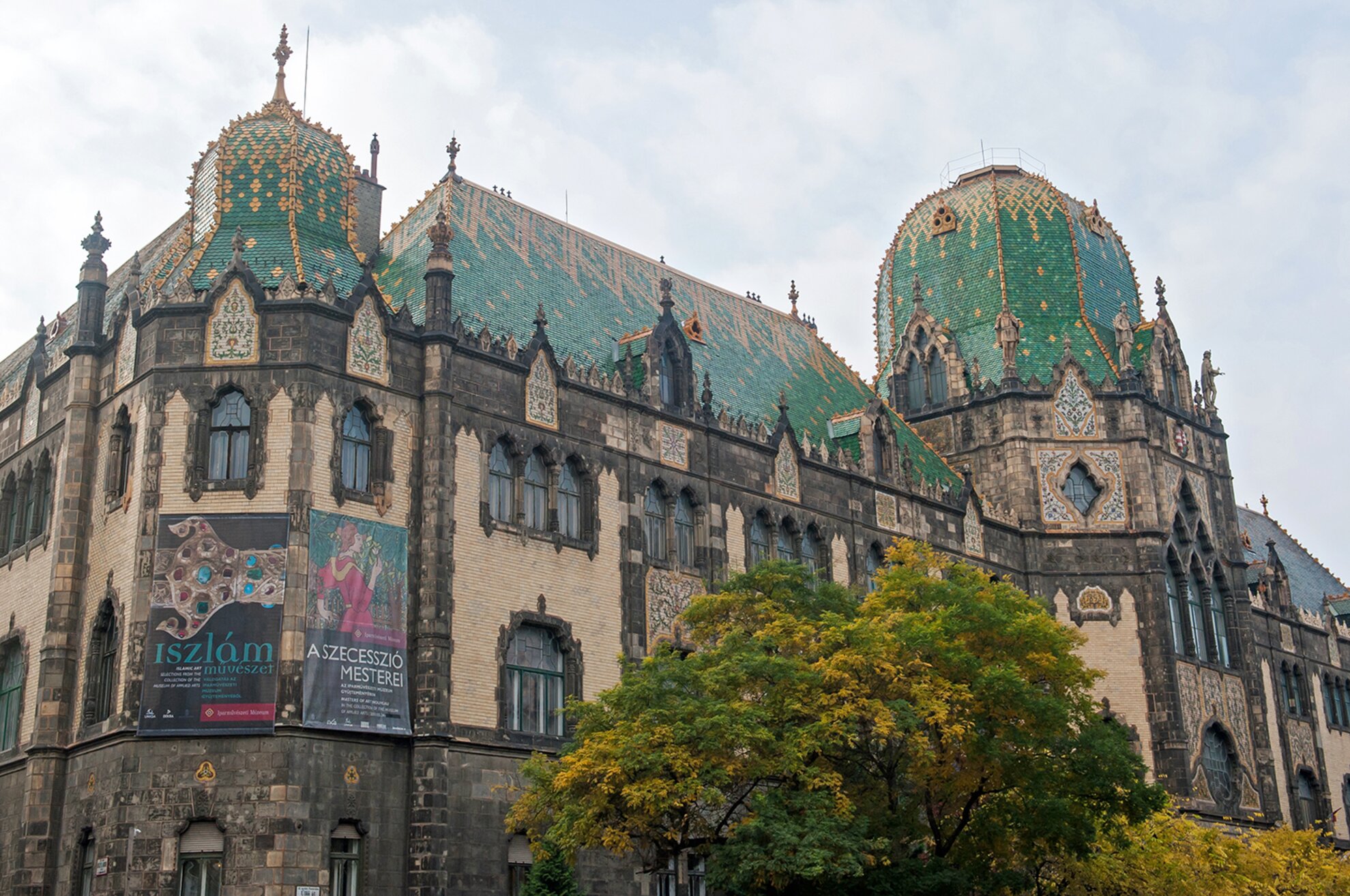

The Gellért Thermal Baths and Swimming Pool, also known simply as the Gellért Baths, are another stunning example of Art Nouveau architecture in the city. References to the healing properties of the waters here date back as early as the 13th century, and today it remains one of the top tourist destinations in Budapest. The current building on this site was constructed between 1912 and 1918. It was damaged during bombing in World War II, but the former men's half survived unscathed, so we are still able to admire its original splendour today.
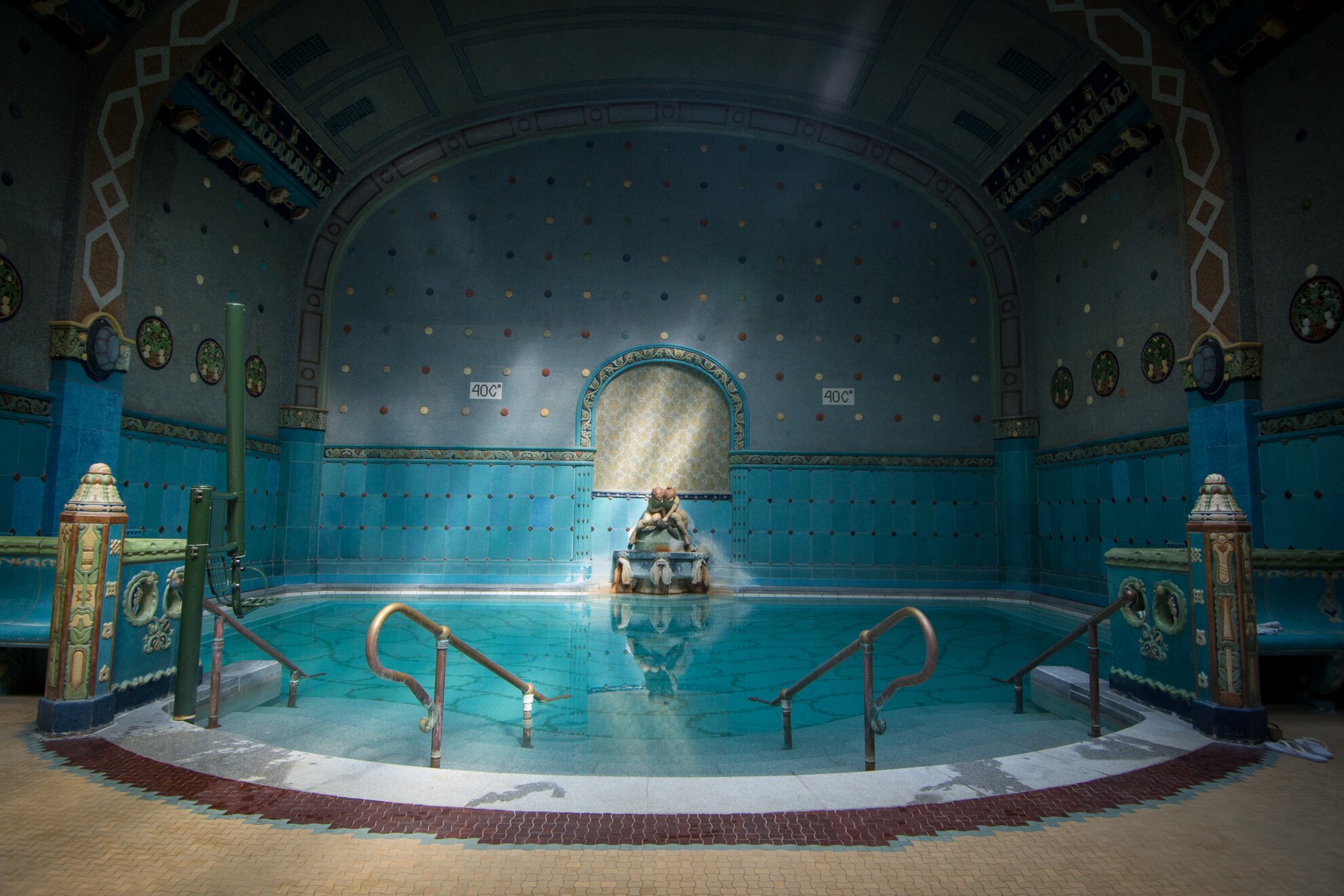
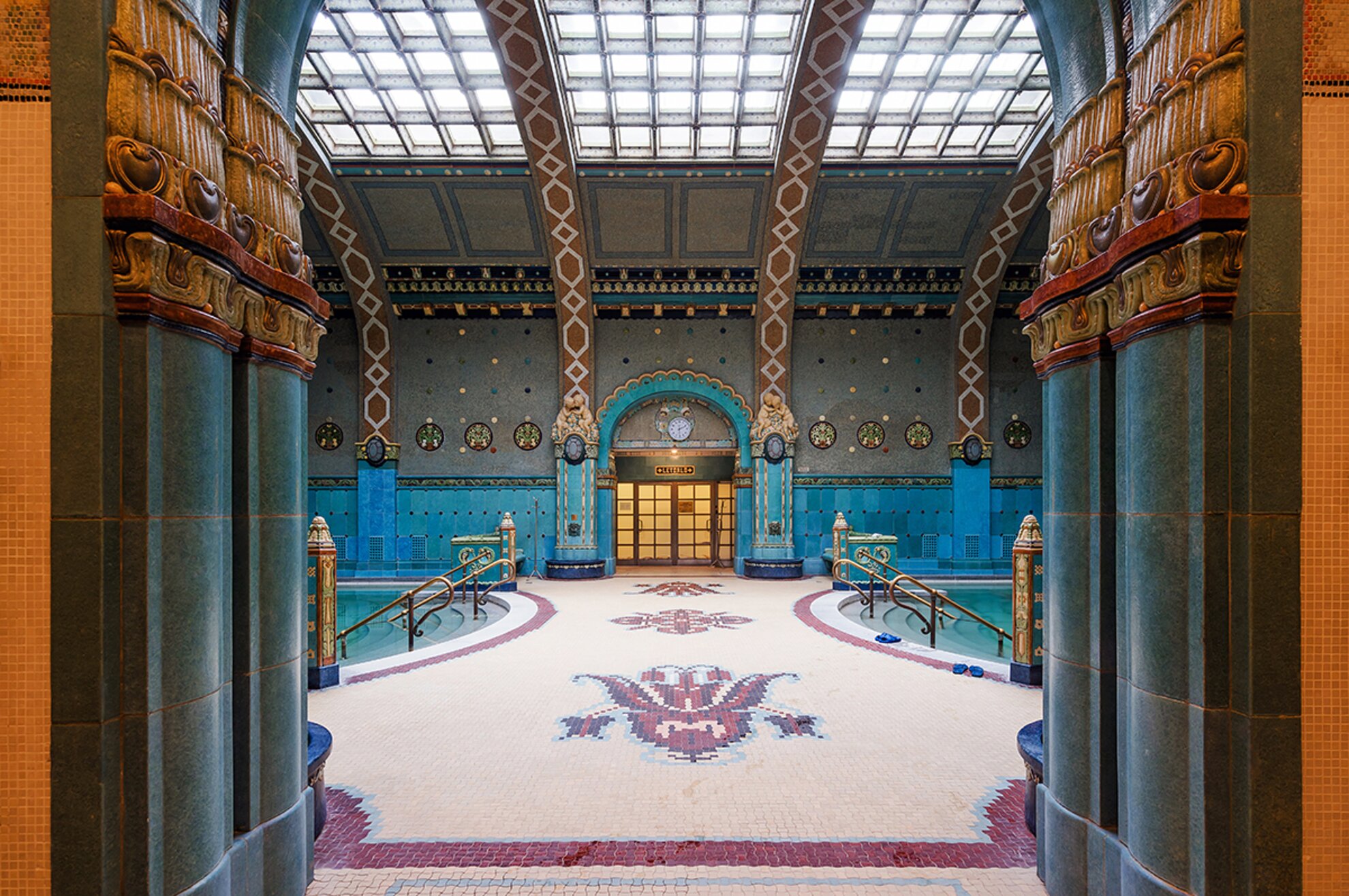
The interior is resplendent with Zsolnay tiles and arcing, mosaic ceilings, as well as aquatic and other natural motifs typical of Art Nouveau architecture.
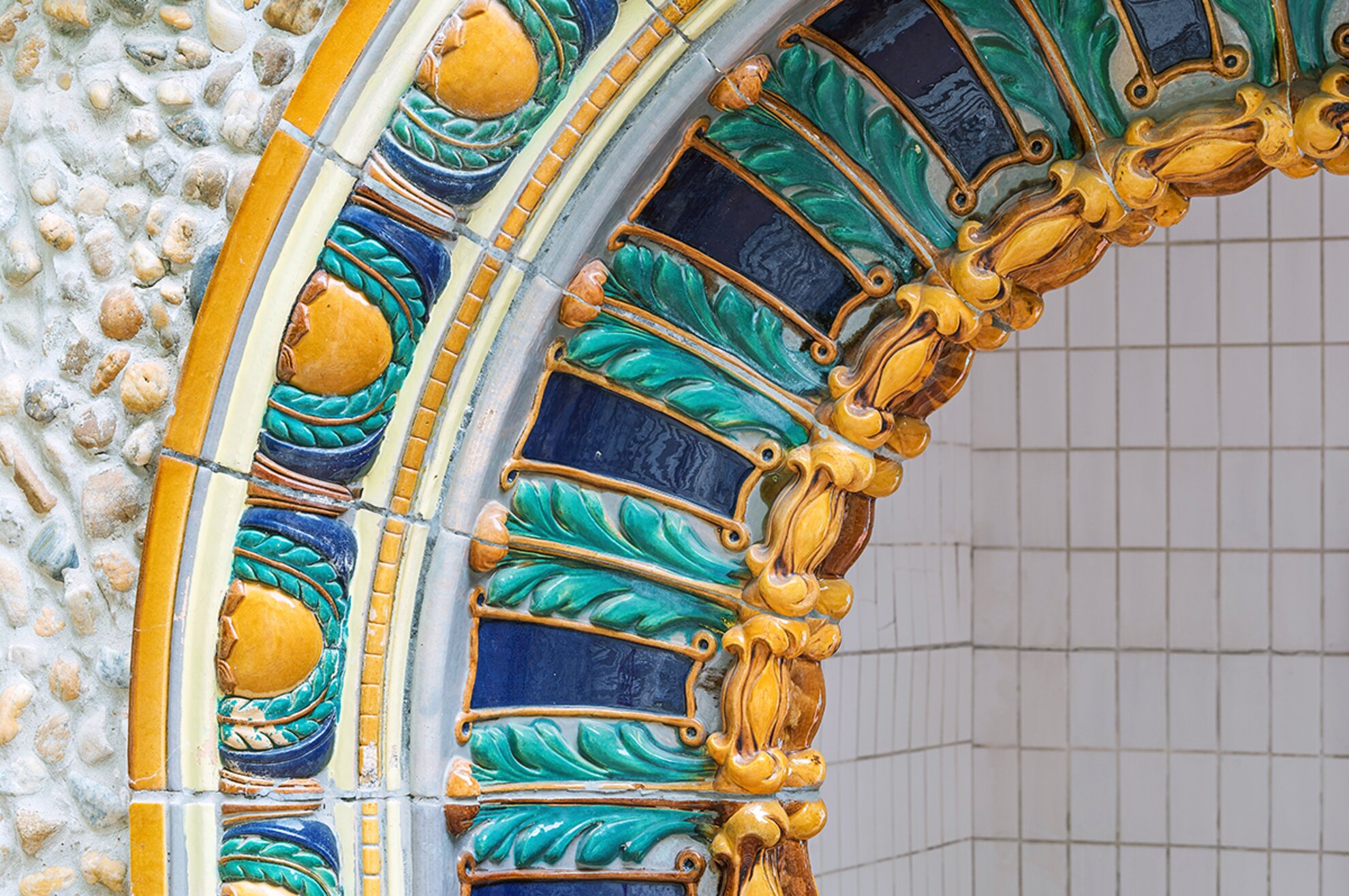


Just across the river, on the Pest side, sits the Gresham Palace, now the Four Seasons Hotel. The building has undergone several changes of ownership since its construction in 1906, when it was erected by the Gresham Life Assurance company. Originally the site of elegant apartments, overlooking the Chain Bridge, it fell into a shabby state after being occupied by the Red Army as barracks, and later as housing for the People's Republic of Hungary. Eventually the Four Seasons group restored the Gresham Palace to its former glory in 2001, working to the original plans to remember bygone days of splendour and excellence.
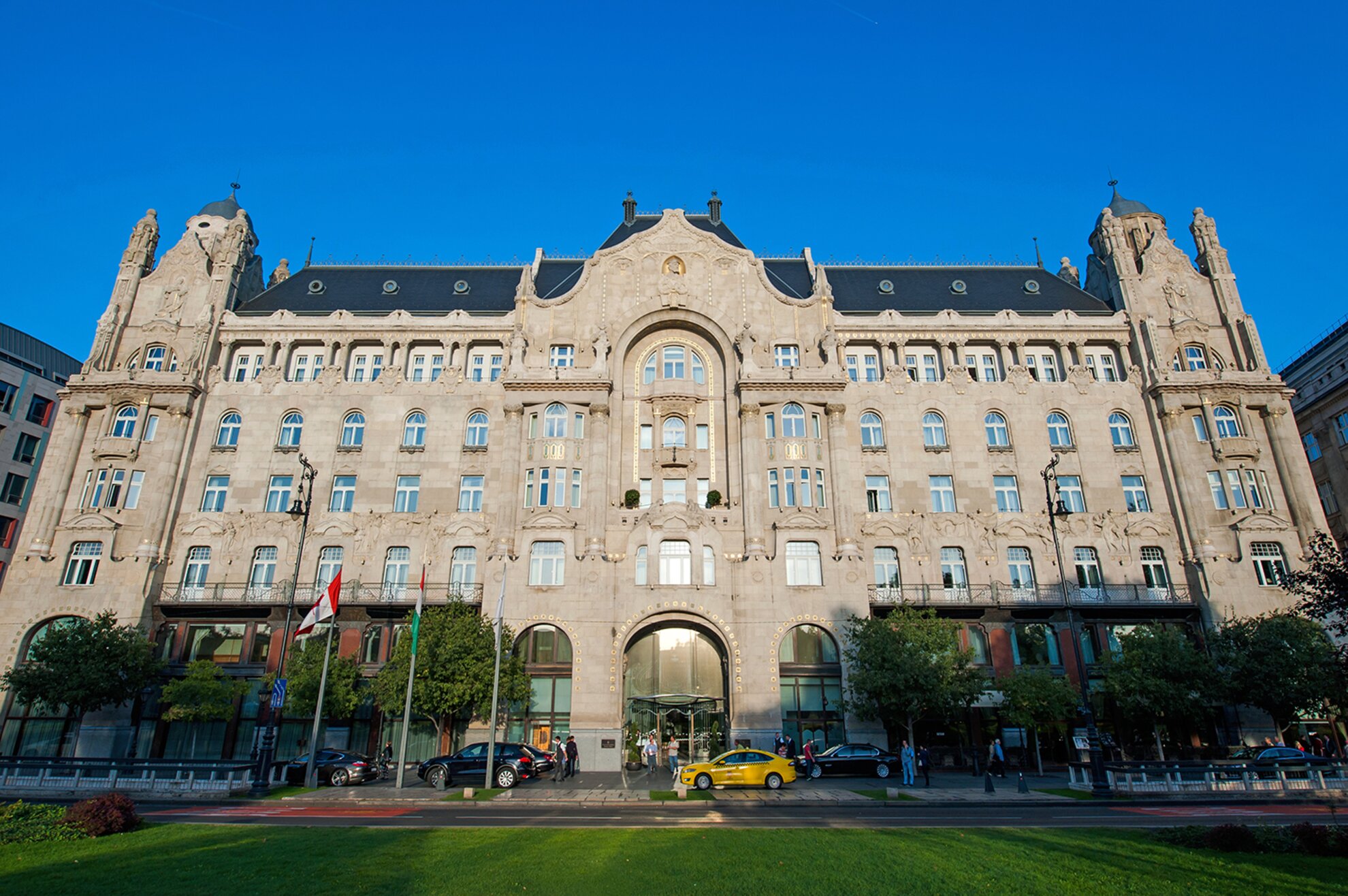
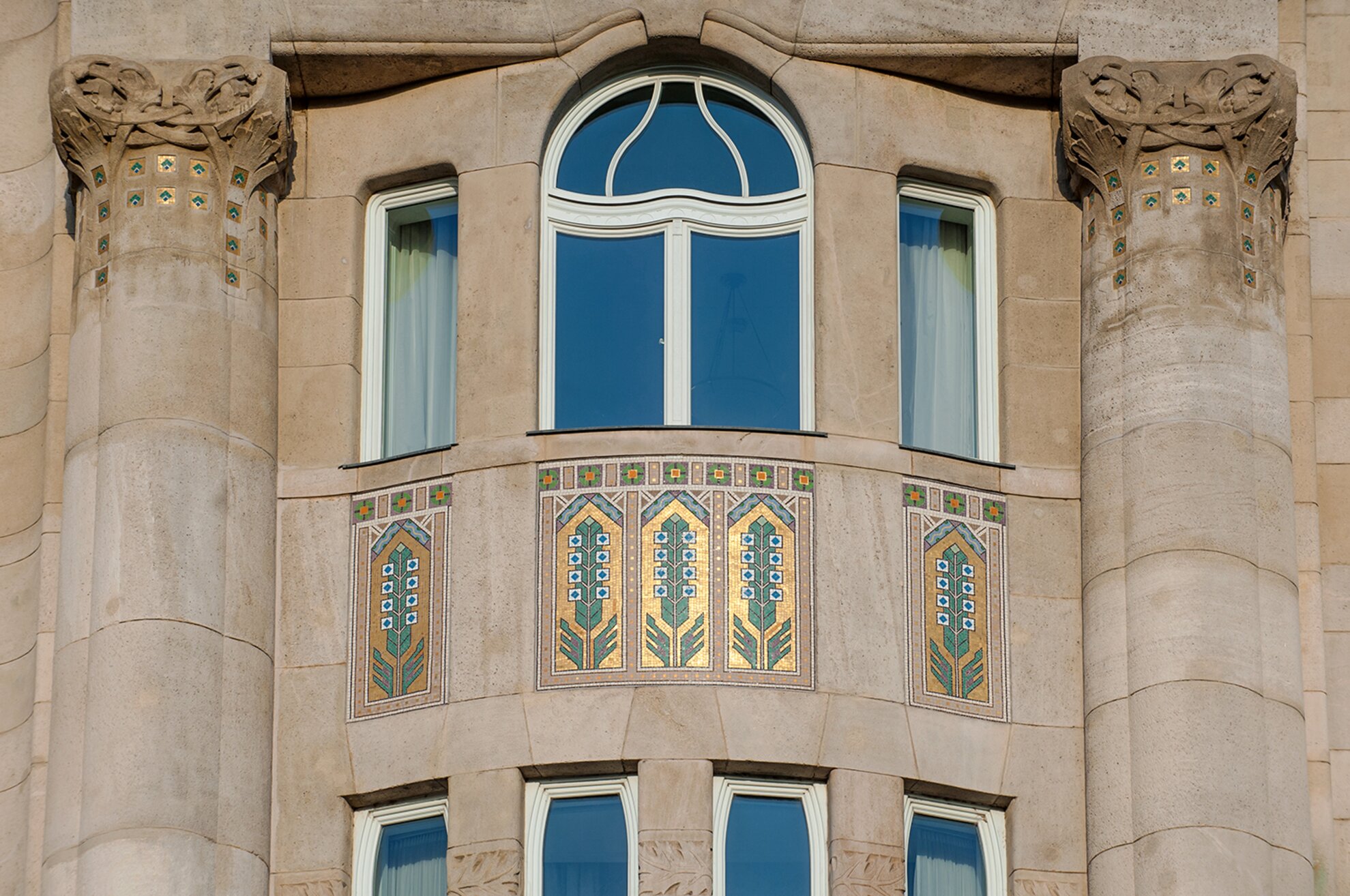
Interweaving mosaic patterns adorn the façade, and the lobby reveals a high glass ceiling, spacious interior and stained glass accents. The stairwell harbours one of the hotel’s most delightful artefacts... an original stained-glass window, the only one to survive bombing during the war.
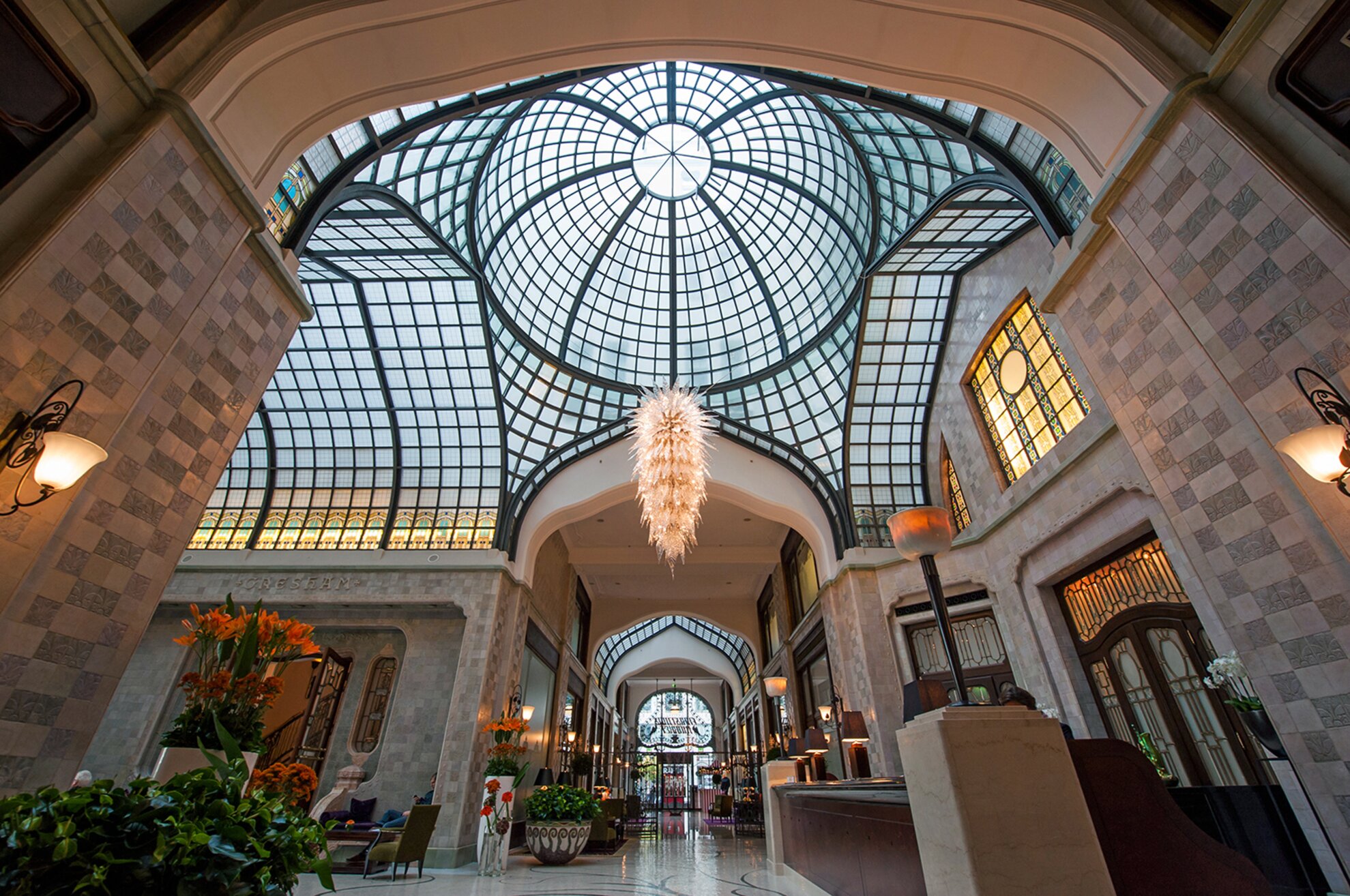

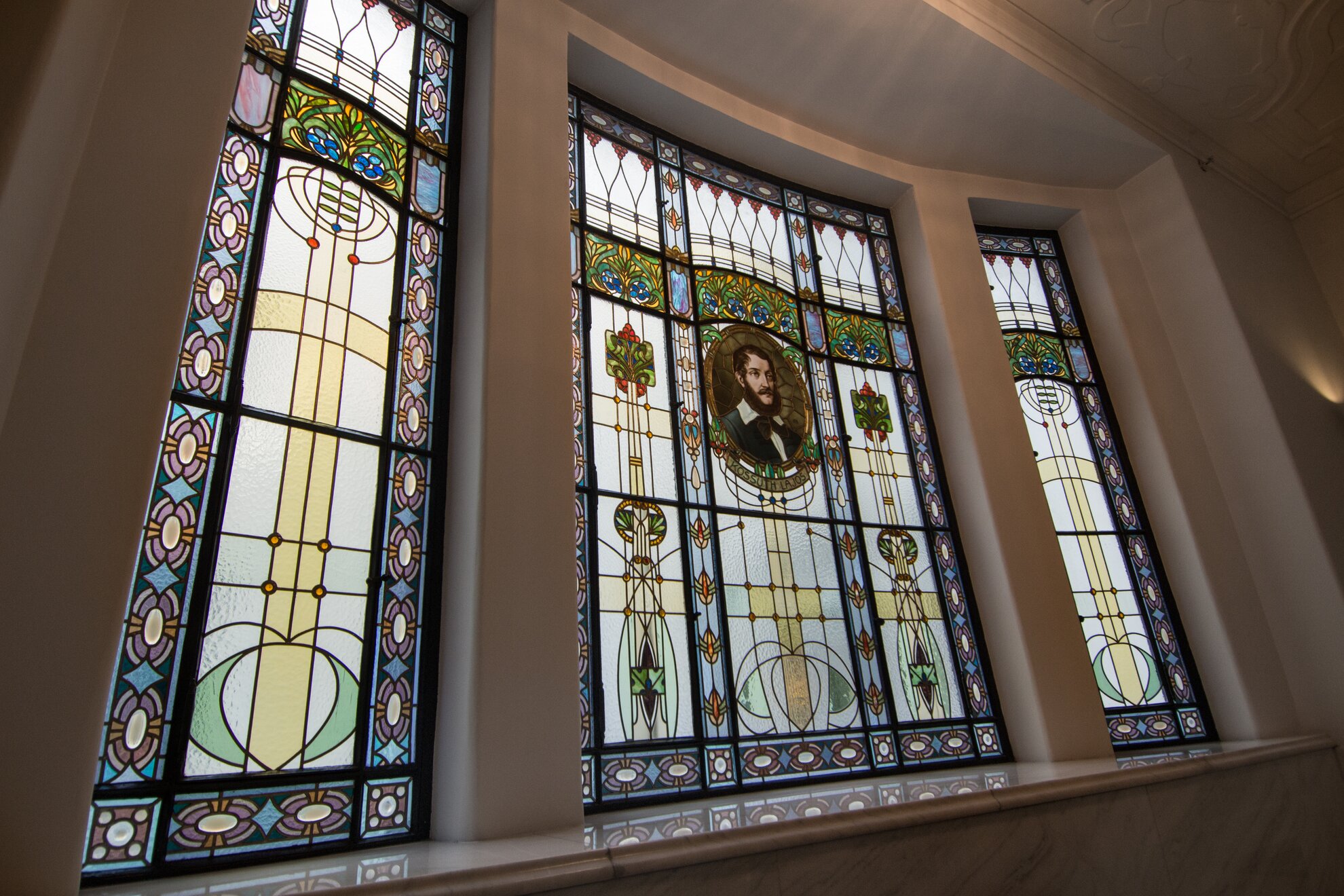
Knowing what to look for, it’s possible to spot Art Nouveau all across the city from simple apartment complexes to lavish, spectacular estates. Other well-known Art Nouveau buildings in the city include the Franz Liszt Academy of Music, the New Theatre, Dob utca primary school and the Kazinczy utca synagogue, among many, many others.
*Fans of Art Nouveau may wonder why the legendary Museum of Applied Arts was left out of this article. At the time of publication, the museum is under extensive renovation, and only the ceiling peeks out above the scaffolding. In due time, the museum will be the focus of our attention once again, but for the moment we let her sister buildings enjoy some of the limelight.
